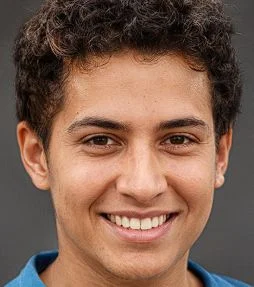The current global landscape presents an escalating array of threats to public figures, corporate executives, and their families, leading to an unprecedented demand for sophisticated personal security. Recent high-profile incidents have underscored the vulnerability of even well-protected individuals, prompting a significant re-evaluation of security protocols and a corresponding surge in the financial investment required to mitigate these pervasive risks. This trend highlights a critical challenge for organizations and high-net-worth individuals: balancing necessary protection with its substantial and often complex costs.
The heightened focus on private security follows several deeply concerning events. The assassination of Turning Point USA founder Charlie Kirk during a college event and the shooting of UnitedHealthcare CEO Brian Thompson in New York City have served as stark reminders of the potential dangers faced by prominent individuals. Additionally, an incident in July 2025 at a major New York City office building, where an individual killed four people before taking his own life, further amplified corporate security concerns. These incidents have directly contributed to a significant uptick in inquiries from Fortune 500 companies seeking to enhance protection for their C-suite executives, as reported by security platforms like SaferWatch.
Effective security is inherently customized, reflecting the diverse profiles, risk levels, and lifestyles of individuals requiring protection. Geno Roefaro, CEO of SaferWatch, emphasizes that solutions range from a single trained professional to extensive teams that handle travel logistics, venue scouting, and continuous threat monitoring. This tailored approach means that the perceived level of threat and an individual’s public visibility directly influence the complexity and scale of the required security detail, extending far beyond traditional basic security guards.
The financial implications of such advanced protection are substantial. Estimates suggest that executive security personnel, distinct from conventional guards, can command rates of several hundred dollars per hour per individual. Top-tier armed security, often comprising active or retired law enforcement and military personnel, typically ranges from $125 to $200 per hour, depending on the schedule and threat assessment. Integrating an armored vehicle into a security detail further escalates costs, potentially adding hundreds of dollars daily for rental alone.
For a comprehensive security posture, particularly for high-profile public figures, the investment escalates dramatically. Bill Stanton, a security expert with extensive experience protecting prominent families, notes that even a two-person detail can start between $3,000 and $5,000 per day, contingent on skill set and location. Preventing a high-threat incident, such as an assassination, might necessitate a team of a dozen or more agents. An elite-level agent can command approximately $250 per hour, meaning a ten-person team could incur costs of $2,500 per hour, translating to a daily expenditure upward of $25,000 to $30,000. Such extensive coverage often requires a rotation of 24 to 36 agents to ensure round-the-clock protection, encompassing travel and home security. This substantial operational cost underscores the critical, yet often unseen, investment required to safeguard prominent individuals in today’s unpredictable environment.

Jonathan Reed received his MA in Journalism from Columbia University and has reported on corporate governance and leadership for major business magazines. His coverage focuses on executive decision-making, startup innovation, and the evolving role of technology in driving business growth.